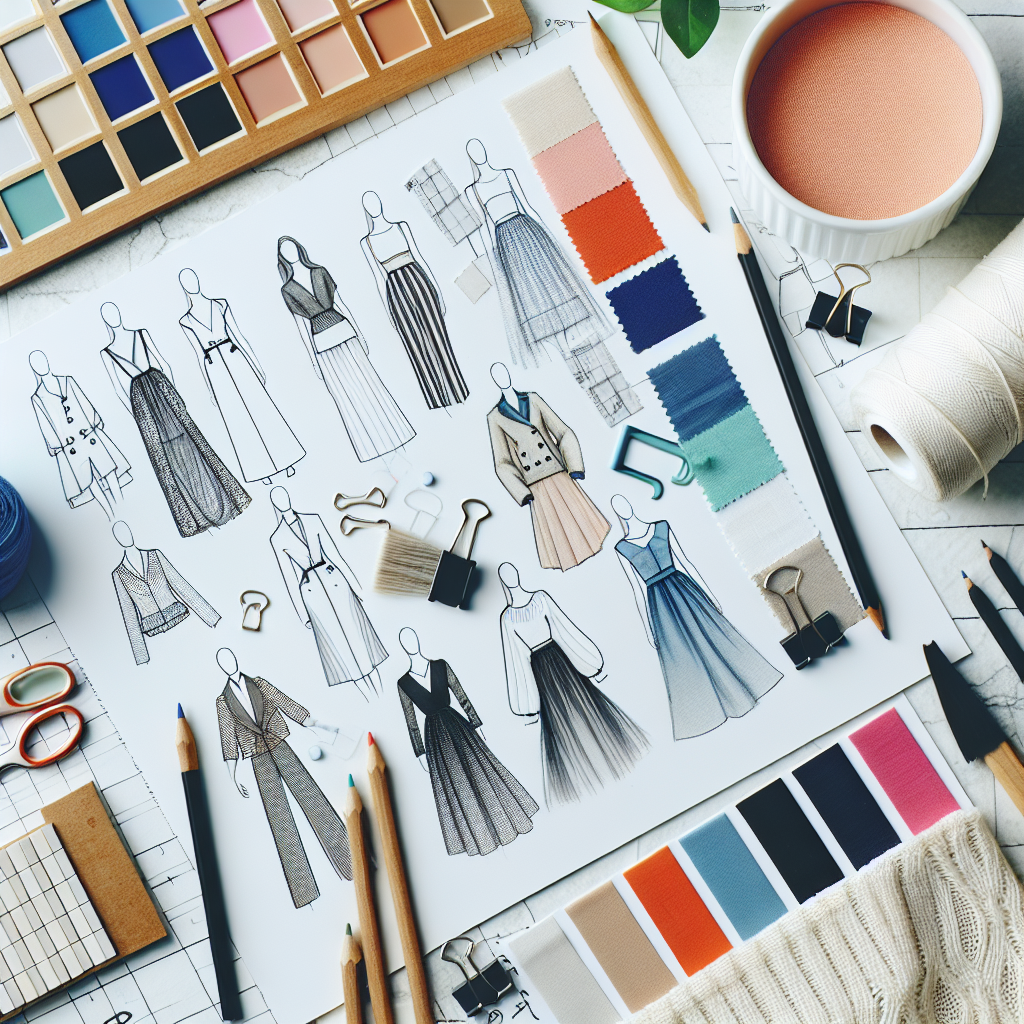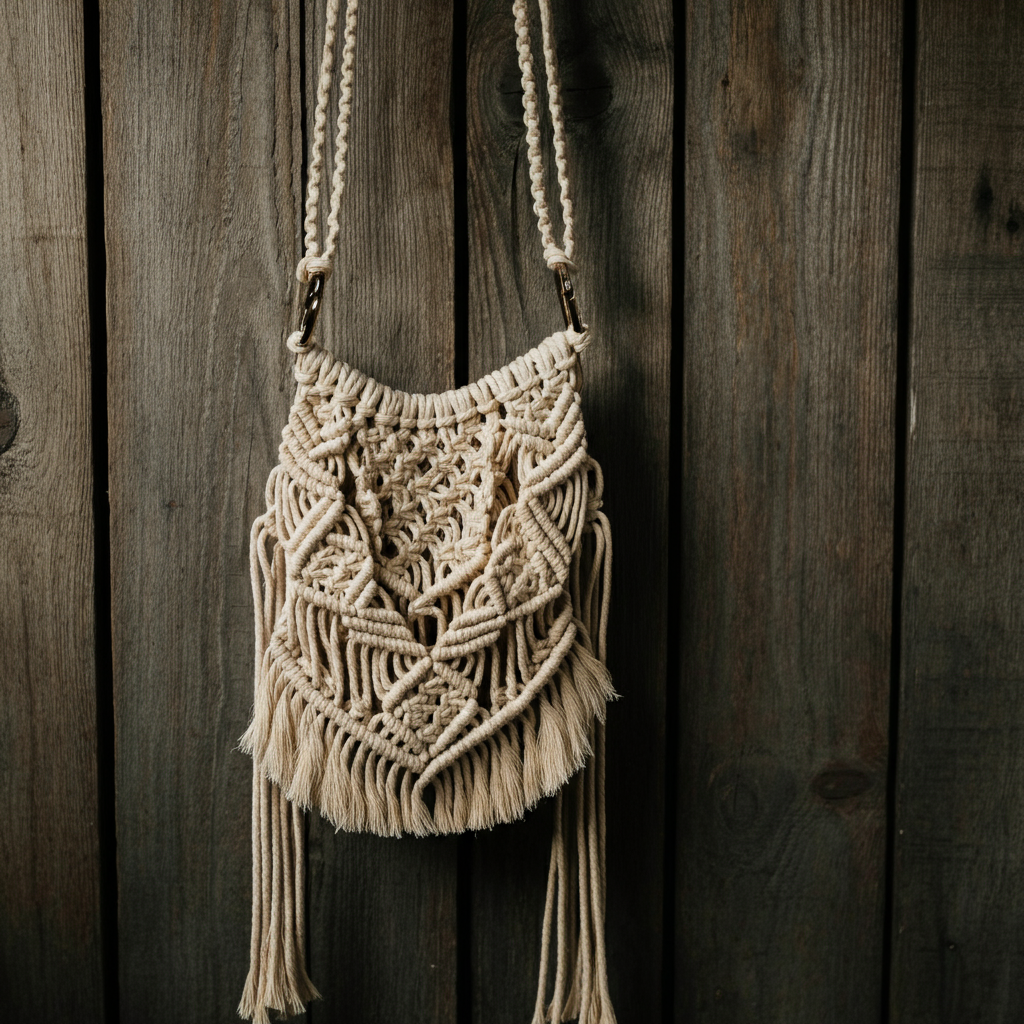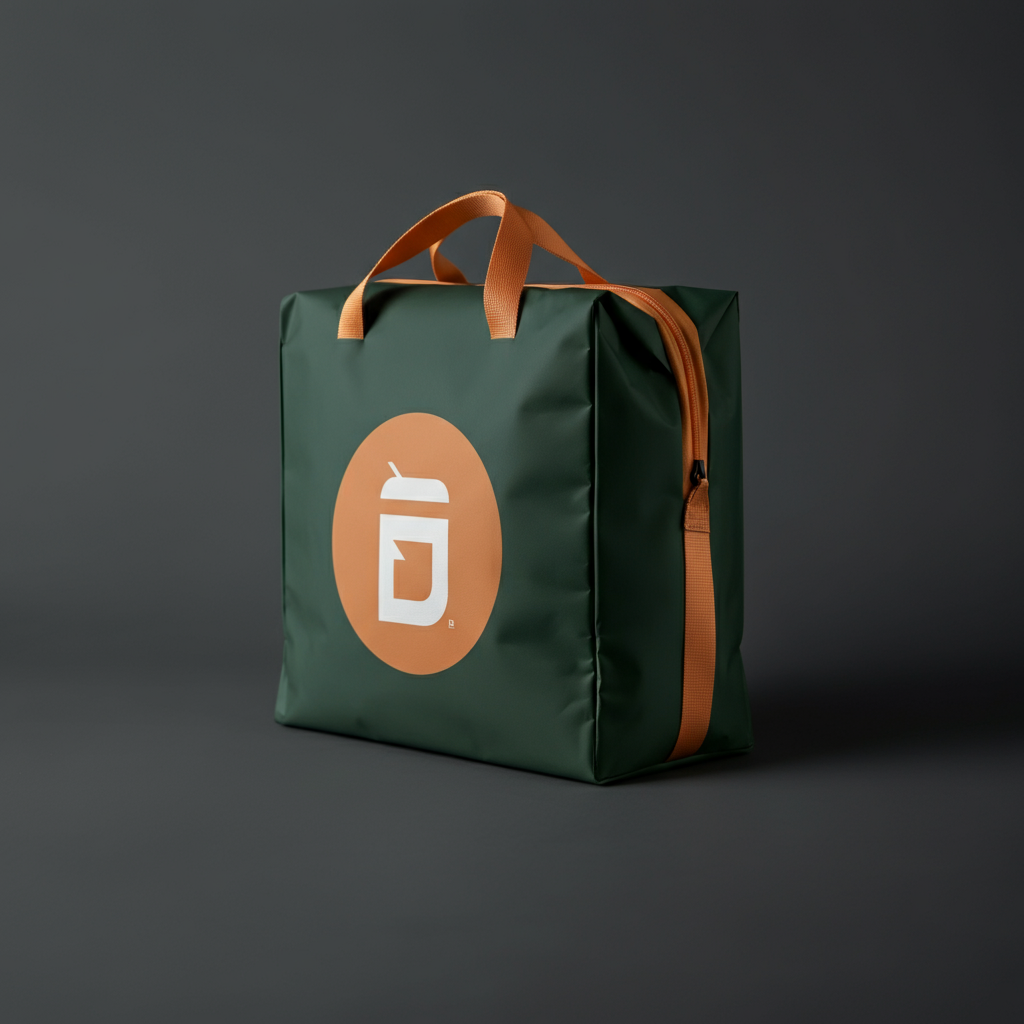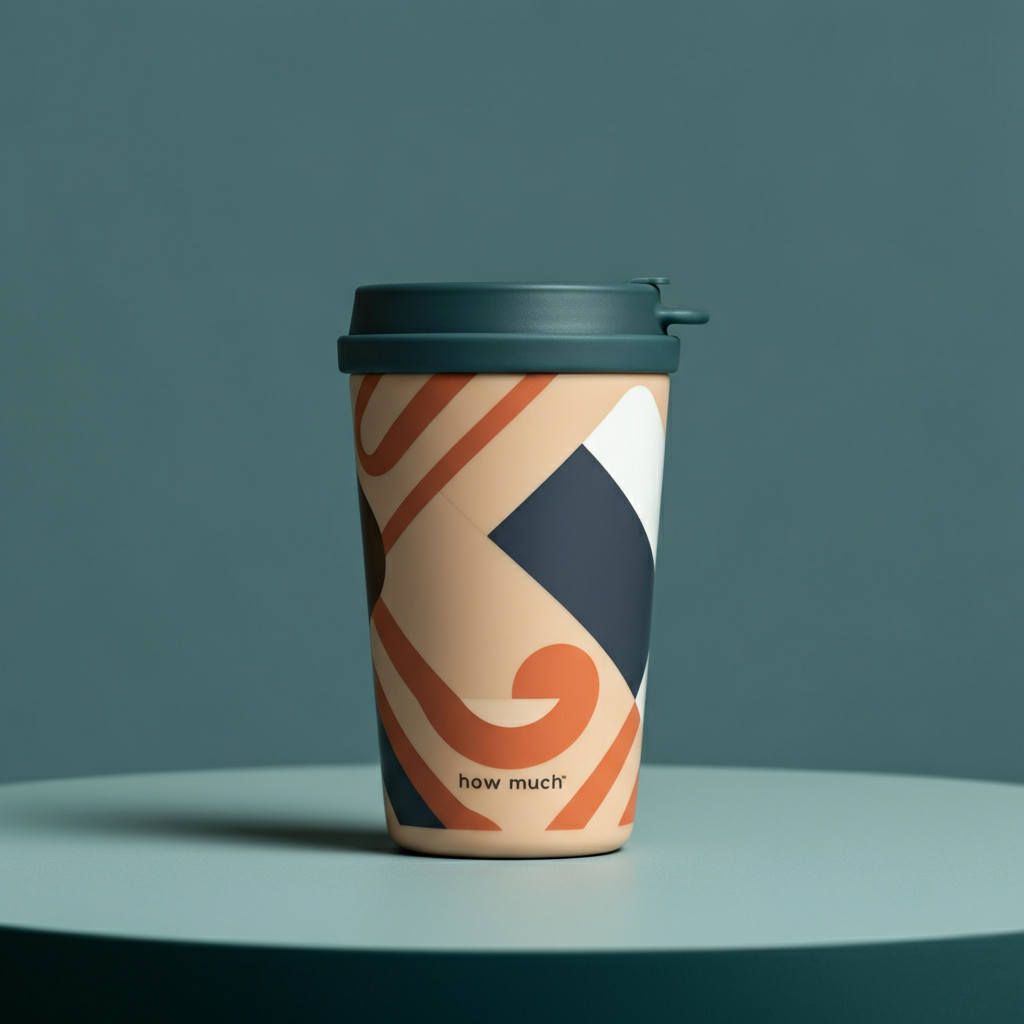The Role of Trend Forecasting in Fashion
Trend forecasting is the backbone of long-term fashion collection planning. This process involves predicting future fashion trends based on various indicators such as cultural shifts, technological advancements, and consumer behavior. Credible trend forecasting agencies like WGSN and Pantone offer insights that can shape collections seasons in advance.
Trend forecasters analyze patterns and often utilize data analytics to predict what will be popular.
Incorporating trend forecasts into the planning stage helps fashion companies make informed decisions about colors, fabrics, and styles. These predictions allow designers to create collections that resonate with consumers, ensuring commercial success. 
From Inspiration to Design Development
The creative process starts with a spark of inspiration, often influenced by the latest trend forecasts. Fashion designers draw from various sources, including art, history, and nature, to develop a unique vision for their collection. This initial phase is crucial for setting the tone and direction of the upcoming line.
Once the inspiration is clear, designers move on to sketching and prototyping. These early designs undergo multiple revisions with the endgoal to ensure that each piece aligns with the overall vision and meets market demands. This iterative process helps refine the collection, making it more cohesive and appealing.
Design development also involves practical considerations like fabric choices and manufacturing techniques. Designers must balance their creative vision with the technical aspects of garment production. This stage often includes collaboration with pattern makers and seamstresses to bring the sketches or other fashion designs to life.
The Crucial Step of Material Sourcing
Material sourcing is a critical yet challenging aspect of planning fashion collections years in advance. Designers must secure high-quality materials that align with their vision while considering factors like durability, sustainability, and cost. This process often involves building relationships with reliable suppliers who can deliver consistent quality over time.
At Sun Enterprises we have the quality experience in the industry to be able to provide you the best and latest fashion materials.
One of the main challenges in fabric sourcing is the lead time required to secure materials. Some specialty fabrics and materials may take months or even years to produce, making advance planning essential. Designers must anticipate future trends and consumer preferences to ensure that the chosen fabrics will be in demand when the collection is released.
Sustainability has also become a significant consideration in fabric sourcing. Many fashion companies are now prioritizing eco-friendly materials to align with consumer values and regulatory requirements. This shift towards sustainable practices requires careful planning and collaboration with suppliers, making it a complex but rewarding aspect of the fashion industry.
At Sun Enterprises we always have holistic sustainability in mind.
The Impact of Technology on Collection Planning
Technology has revolutionized the way fashion companies plan their collections. Advanced software tools and data analytics enable designers to make more informed decisions, from trend forecasting to inventory management. For instance, 3D modeling software allows designers to create virtual prototypes, reducing the need for physical samples and speeding up the design process.
Artificial intelligence (AI) and machine learning algorithms play a crucial role in predicting consumer behavior and optimizing supply chains. These technologies help fashion companies with tasks such as demand anticipation, inventory management and waste reduction.
Digital platforms also facilitate collaboration between designers, suppliers, and manufacturers. Cloud-based tools enable real-time communication and project management, streamlining the entire planning process.
Adapting to Global Events and Cultural Shifts
The COVID-19 pandemic disrupted supply chains and altered consumer behavior, forcing fashion companies to adapt quickly. Brands had to pivot their strategies, focusing on comfortable and practical clothing that suited the new normal of remote work and social distancing.
Cultural shifts, such as the growing emphasis on sustainability and ethical practices, also influence long-term planning. Fashion companies must stay attuned to these changes to remain relevant and meet consumer expectations, which requires continuous research and flexibility in adapting strategies to align with emerging trends.
Conclusion
Planning fashion collections years in advance is a complex but essential aspect of the industry. From trend forecasting and design development to fabric sourcing and adapting to global events, every step requires meticulous planning and collaboration.
By staying ahead of trends and leveraging technology, fashion companies can maintain their competitive edge and meet the evolving demands of consumers.
Are you ready to take your fashion business to the next level? Explore our resources and connect with industry professionals to start planning your future collections today.




